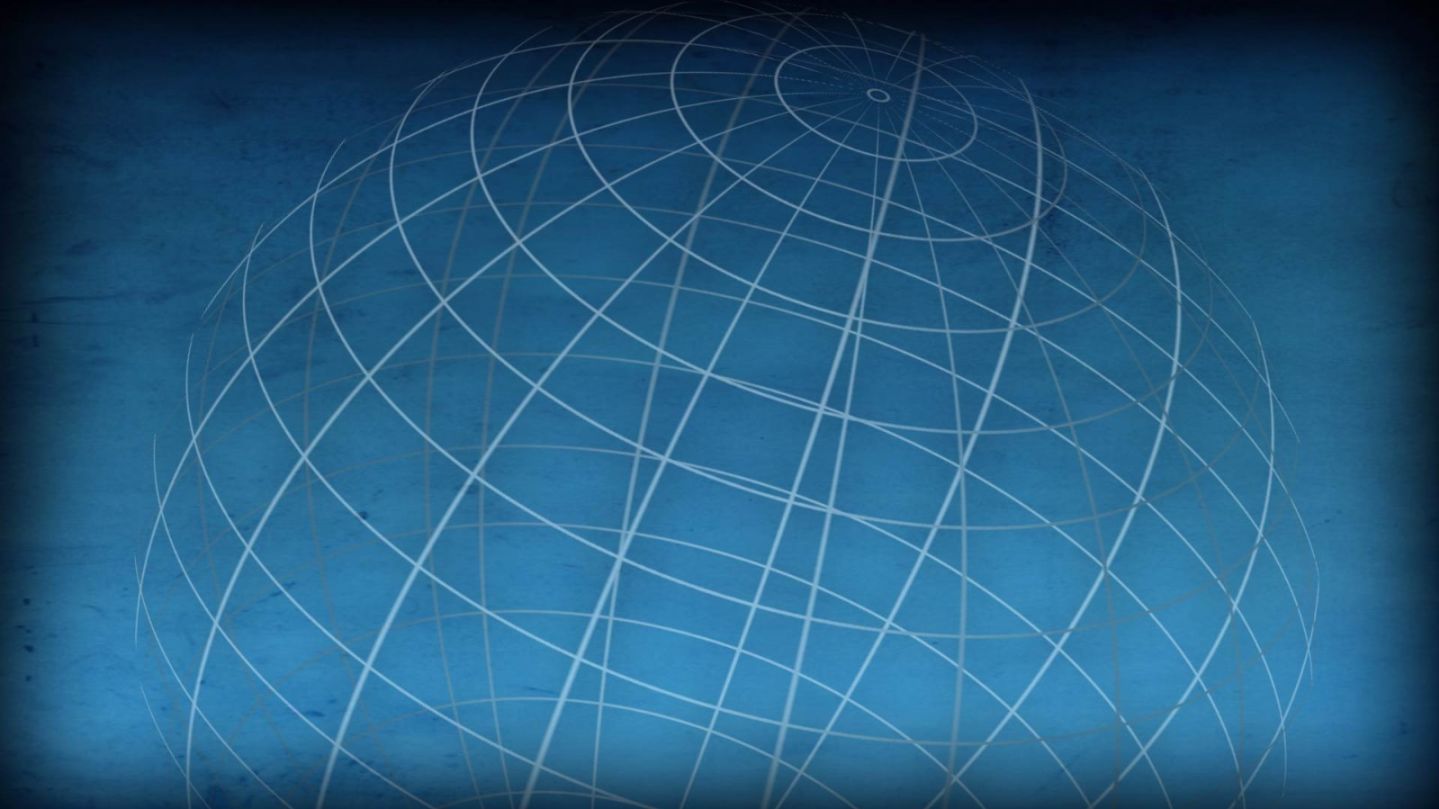Story highlights
Technicians from as far away as Montana are helping to fix Puerto Rico's broken power grid
Gov. Ricardo Rosselló has pledged most of his island will have electricity by December
Power workers with no fear of heights are being hoisted up by helicopter in the mountains of Puerto Rico to repair the island’s devastated transmission lines.
About 300 are in Puerto Rico already and 700 more are on the way, contracted by a fairly new company based in Montana, of all places.
Montana may be 3,000 miles from Puerto Rico and far from tropical, but Andrew Techmanski, the CEO of Whitefish Energy, says his workers and contractors have the skills needed to get the island back on line.
They’re used to working in rough, mountainous terrain, dangling from a helicopter and clambering high up on transmission towers to get power lines up.
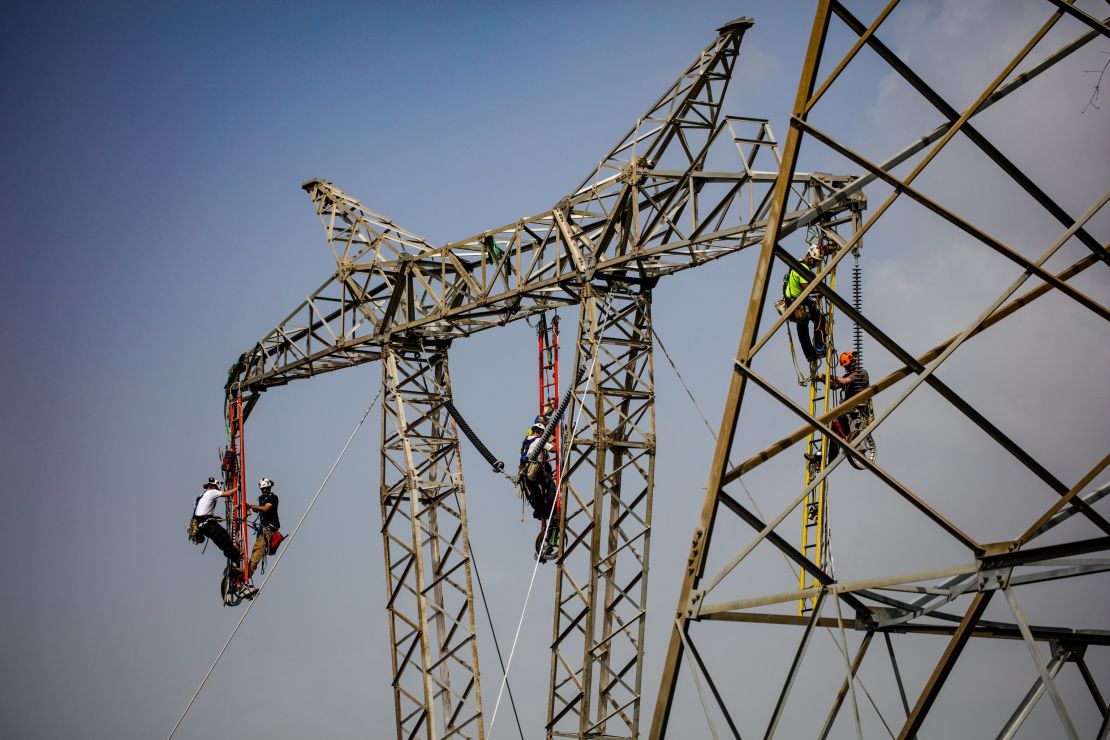
Still, when the Puerto Rico Electric Power Authority agreed to a $300 million deal with Whitefish Energy without consulting the Army Corps of Engineers, it caused a stir.
Techmanski demurs when asked about the deal with PREPA, the publicly owned utility notorious for high prices, rolling blackouts and a $9 billion debt.
“It’s a risk,” he concedes. “But you know, when you come down here and you see what I’ve seen and have that skill set that can have an immediate impact on the people here, it becomes a mission.”
PREPA CEO Ricardo Ramos told CNN en Español that one reason Whitefish got the deal was because the company did not demand a big deposit up front. He said the other finalist, which he did not name, wanted a $25 million down payment.
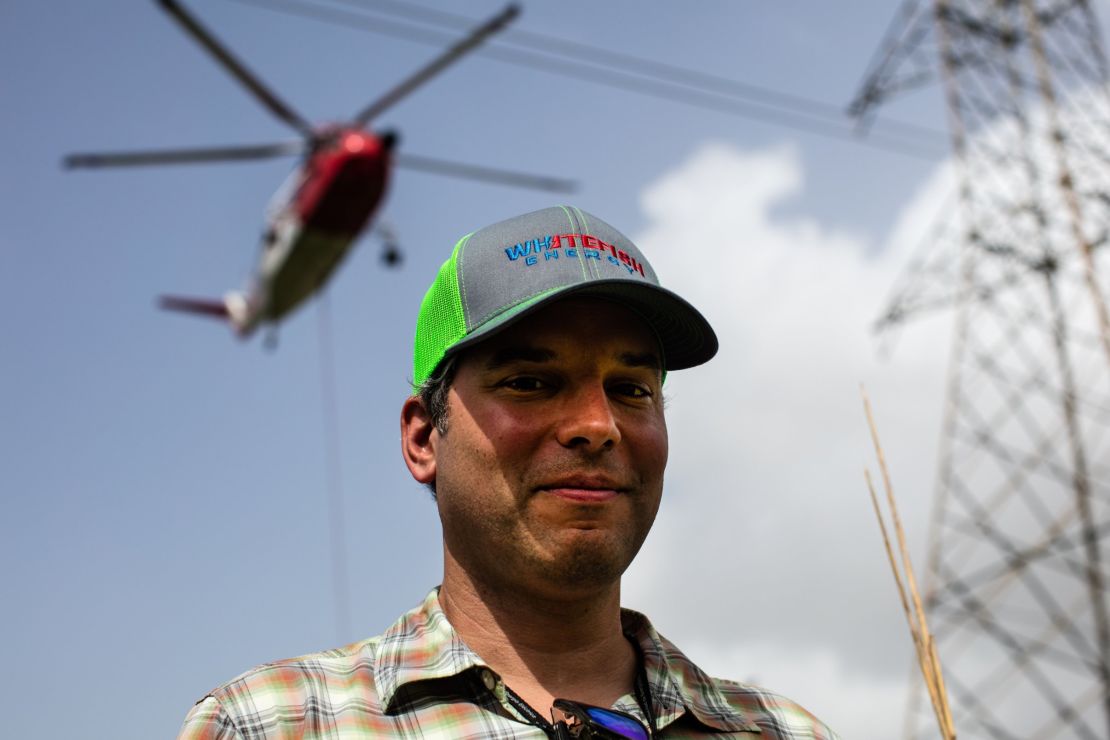
Techmanski predicts the massive central line currently being worked on outside San Juan will be back up in three or four days. But, he says, it will take many months and thousands more people to meet Gov. Ricardo Rosselló’s promise that 95% of the island will have power by December 15.
“We have over 100 pieces of equipment – bucket trucks, tool trailers, bulldozers – stuck in ports in Florida,” Techmanski says.
When they are not dangling from helicopters or clinging to towers, he says, his men have been scouring neighborhoods for unused heavy machinery.
The need for that power is obvious anywhere you go. At night, most places are dark because the lights don’t turn on. Inside homes, there’s no air conditioning, no refrigerator to keep food or even a beer cold. Schools are closed, and hospitals struggle.
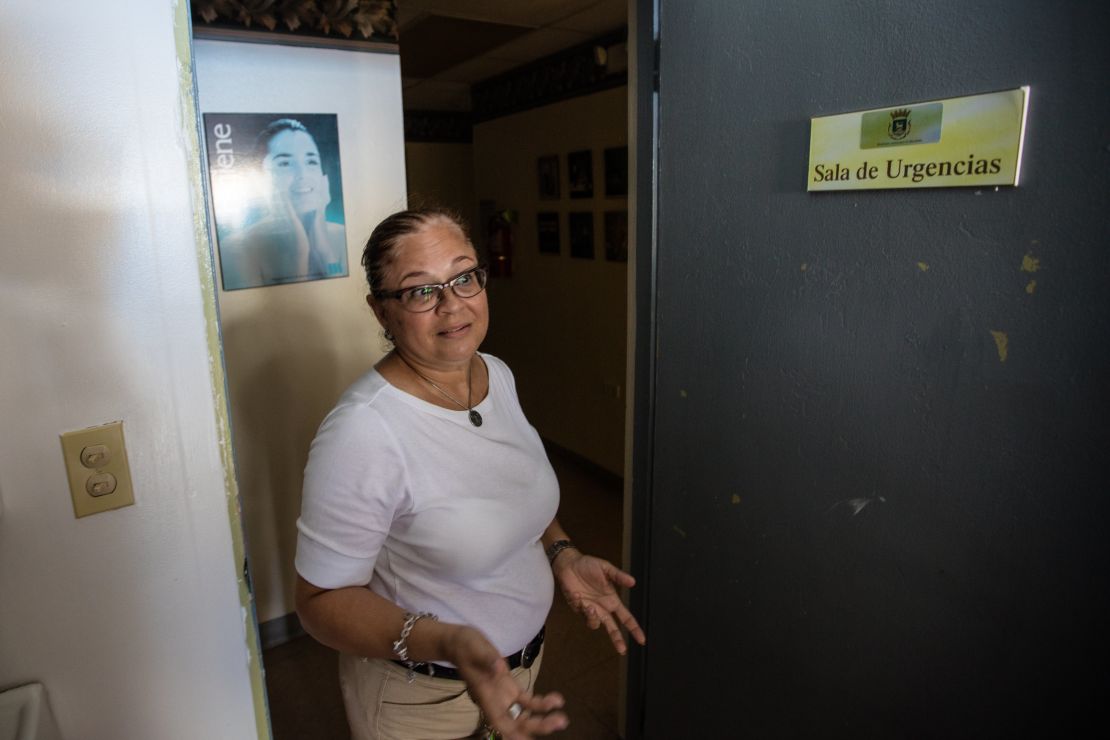
Dr. Rosita Arzuaga shows us around the hospital that serves La Perla, the low-income neighborhood of San Juan that had been enjoying a tourist boom since it was featured in the most viewed music video ever, for the Luis Fonsi and Daddy Yankee phenomenon “Despacito.”
Outside, the buildings are as colorful as ever, but Arzuaga explains she has to treat patients in the dark.
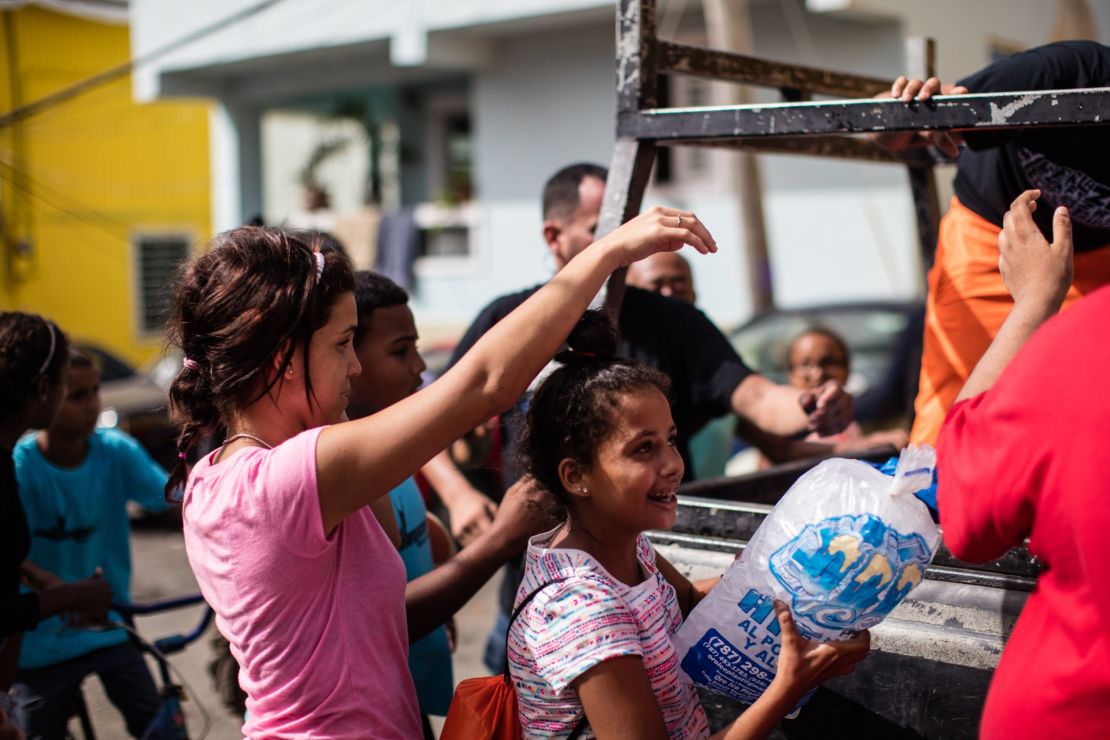
This is a neighborhood where people look after each other. Even Fonsi has joined in, donating five generators to the people of La Perla.
But they aren’t turned on yet, still wrapped up somewhere in red tape.
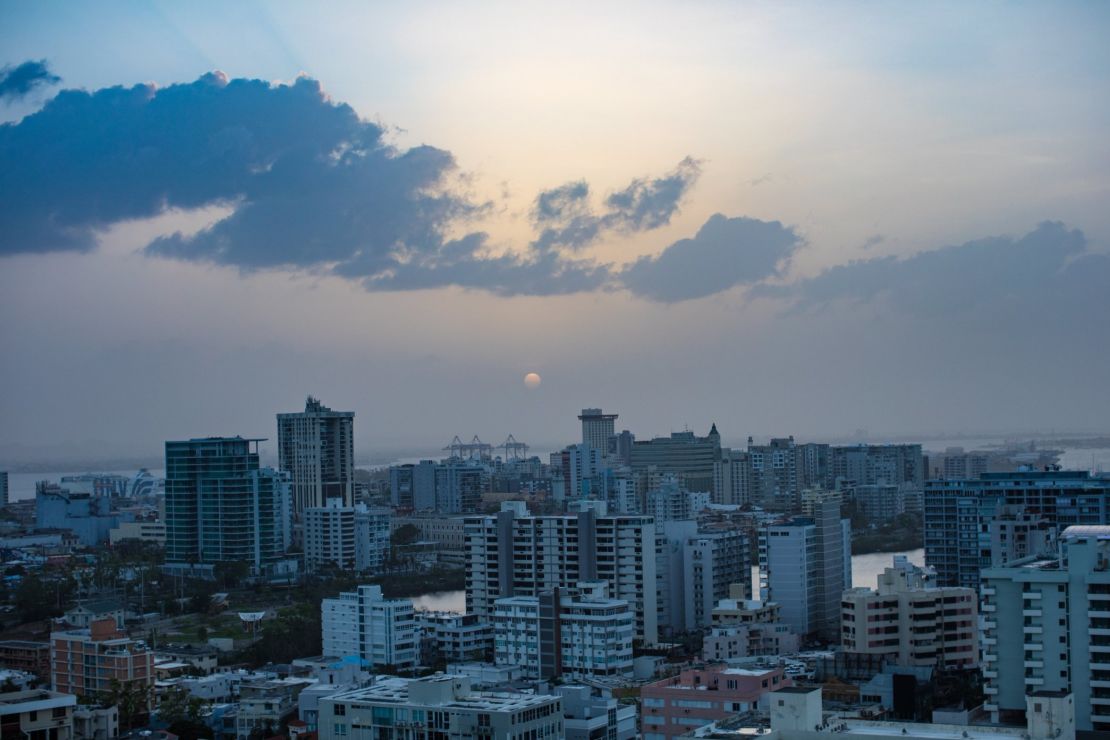
There’s no knowing when the lights will come back on in La Perla. But, as everywhere on this beautiful but battered island, it can’t happen soon enough.
